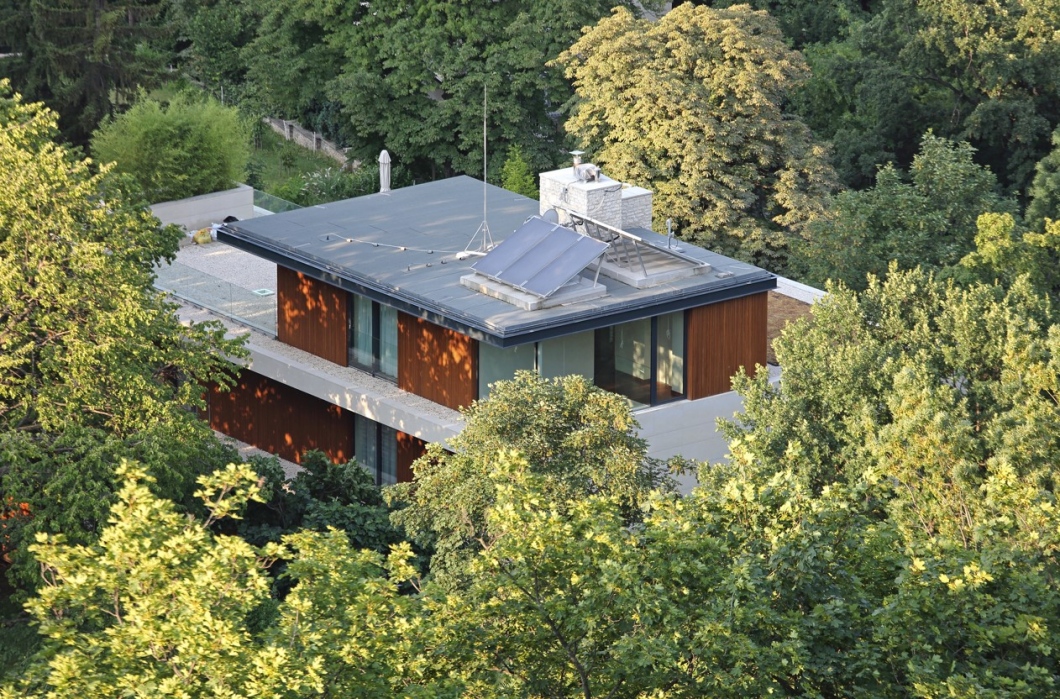You’re not alone if you have a home with a flat roof. Almost 60% of American homes have a flat roof. Although they are less expensive to install than pitched roofs, flat roofs come with maintenance challenges. This blog post will discuss the different types of flat roofs, common maintenance issues, and how to troubleshoot some of the most common problems. By the end of this post, you should better understand how to care for your flat roof and keep it in good condition for years to come. Thanks for reading!
Flat roofing systems – benefits and drawbacks
Flat roofing systems are popular for commercial and residential construction projects. They offer many advantages, such as being more cost-effective than sloped roofs and providing great versatility in terms of types, shapes, sizes, and installation methods. Flat roofs are typically less labor-intensive to maintain than sloped roofs. However, there can be drawbacks as well – flat roofs tend to have shorter lifespans and may require more frequent inspections for leaks due to their lack of drainage systems. Still, with regular maintenance and good upkeep, flat roofing systems can be an excellent option for any project.
Different types of flat roofing systems are available on the market today.
Whether you need an economical solution or a durable powerhouse, there are several flat roofing systems from which today’s homeowners can choose. Membrane roofs offer easy installation and low maintenance, while single-ply coverings are lightweight and cost-effective but require more frequent upkeep.
Built-up roofs often require professional installation due to the high level of complexity, but it is among the longest-lasting of flat roofing options available. Modified bitumen and asphalt roll roofing systems are typical choices with good longevity and protection. If you choose the right system, please be sure that your contractor is experienced in their installation and any preventative maintenance required to keep your flat roof performing optimally.
How to properly maintain a flat roof to avoid common problems
Properly maintaining a flat roof is paramount for avoiding the many common problems associated with flat roofing systems. To keep your flat roof in excellent condition, inspecting and cleaning your gutters regularly is essential. Excess debris accumulating over time can cause water damage, leading to rot and leaks. Additionally, ensure your roof is sealed every two to three years and inspect it for any signs of wear or tear throughout the year. Finally, check if any trees or bushes are overhanging the roof. If so, ensure their branches are pruned away periodically to reduce potential debris accumulation. Taking these steps will ensure that your flat roof remains in peak condition and serves you well while protecting the integrity of your building.
Some of the most common problems associated with flat roofs, and offer solutions
Most homeowners who opt for flat roofs are particularly prone to specific problems due to their unique design and materials used. Many issues unsurprisingly arise from the buildup of moisture on the top. Water leakage can cause significant damage over time, so a qualified professional should quickly address any present or potential issues. Common problems associated with flat roofs include leaks, cracks, patches of ponding water, and blistering or splitting of the material. To keep these issues at bay and ensure the maximum life of your roof, make sure you have regular maintenance performed each year. This is especially true in areas where extreme weather conditions can affect a flat roof installation. Furthermore, ensuring your gutter system is properly functioning will also minimize risks and help reduce the amount of moisture pooling on your flat roof surface.
Pros and cons of flat roofing systems to help readers make an informed decision
Flat roofing systems provide a wide range of benefits, making them an attractive choice for homeowners and businesses. Built-in insulation serves as both cost-effective construction and energy efficiency. The unobstructed view created by flat roofs also allows for the potential installation of rooftop solar panels. However, this type of roofing does present some challenges not associated with other tops, such as needing steeper pitches for drainage or shovels for snow removal. Moisture accumulation can also be problematic, with many flat roofing systems requiring regular maintenance to preserve waterproof capabilities; otherwise, water can form on the roof leading to weakened edges and compromised integrity. In summation, while occasional care is needed, flat roofing systems generally provide an ideal solution that offers greater flexibility than more conventional pitched alternatives.
Flat roofing systems are an excellent choice for many homes and businesses. They offer reliable coverage and improved energy efficiency, but they also come with inherent challenges. By learning about different types of flat roofs, regular maintenance practices, and joint problems likely to arise, homeowners can decide whether installing a flat roof is the right move for their property. As long as homeowners keep up with occasional maintenance tasks and address any potential issues quickly, flat roofs may last for decades, if not longer – making them an excellent long-term investment. Thanks for following along as we explored the fascinating world of flat roofing systems!

